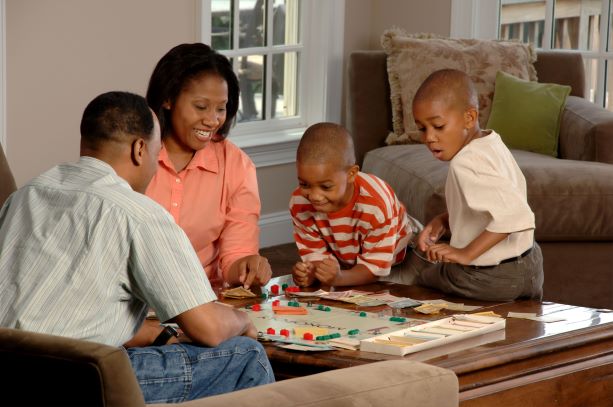There are scientifically proven tips for maximizing playtime with children in a manner that helps the child’s mental development.
The wealth of knowledge about what children need to grow, thrive and learn, have been uncovered through years of research on cognitive development, though the need to apply this knowledge in real-world needs to be translated.
It’s known that children in most countries spend 20% of their time in school, while the rest 80% are spent at home, in the park or supermarket. With 80% left of their time, it is important to maximise the space by encouraging conversations, helping them learn in a playful and fun way while at the same time supporting the same type of learning they do in school.
Researchers through previous studies have found six key characteristics or of learning that can maximize any child’s experience, maybe when using a smartphone application, playing in the park or shopping. These key characteristics suggest that experiences should be engaging, meaningful, socially interactive, active rather than passive, iterative rather than repetitive and joyful.
“We wanted to leverage insights from research to help support children, families and communities,” Zosh said. “For this specific initiative, we wanted to see how we could take those pillars and apply them to communities in playful ways that support children’s learning.”
One of the examples of maximising the spaces was Urban Thinkscape, an installation that transformed a bus stop into a playful learning space that fosters play and conversation. One of the built-in features was an item called Stories, which includes several icons placed on the ground with different images that can be used to tell stories. Children develop storytelling or narrative skills as they move from icon to icon which is a key part of literacy.
According to researchers, anyone can use the pillars to enhance children’s play spaces and experiences, including parents at home.
Being Active
In your activities try and remain active and hold the interest of your child as you play and interact with him/her by incorporating literary and STEM (Science, Technology, Engineering and Mathematics) elements into your speech and interactions. This could be as simple as incorporating number counting in your chores, for example counting aloud the oranges as you load them on the pantry, asking them to call out the name and colour of the item purchased in the supermarket. There are lots of activities of this nature to help your child learn through playful interactions.
Full attention and engagement
Distractions from televisions and using smartphones should be reduced so as to give more attention to the child as these devices can reduce the high-quality time you spend with your child. Concentrating and staying engaged while playing can help you get the most out of these interactions.
Build the topics your child is interested in
While playing, try to build on topics the child is already interested in. If his current interest is in trucks, you could suggest a scenario to show him different types of trucks like fire engines and how they work. You could suggest a fictional scenario where you dig for dinosaur fossils on the playground. Or you can incorporate information about dinosaurs such as counting the number of bones they have and what they ate. You could grab a globe or a map app to describe and explore a location or state you have read in a book and how the weather is different from where you live. This would help children make connections and help them have a vast understanding of the world.
Be socially interactive
During playtime let your child lead while you offer support along the way, this was advised by researchers. For instance, let your child decide what to build with blocks while asking questions like “What if you put this block in a different direction?” Or To build a tower as tall as you, how many blocks do you think it would need.
Let your child lead in the play
Children are adventurous and think in a scientific manner — they want to see the outcome of an experiment to see what happens and try over and over again till something works. Researchers had advised that giving your child the space and opportunities to explore, experiment and make mistakes will lead them to learn.
Make playtime Funtime
Finally, make playtime a fun-filled time. You can include elements of surprise. Look for what helps brighten up your child, something that brings them joy, from creation with cardboard create different shapes and animal, playing vet with their constructed animals.”
These are just 6 ways to play with your kids and help your child’s mental development at the same time. I am sure that you have other ways you achieve the same objective during playtime with your kids. Feel free to share them with us in your comment section below.








